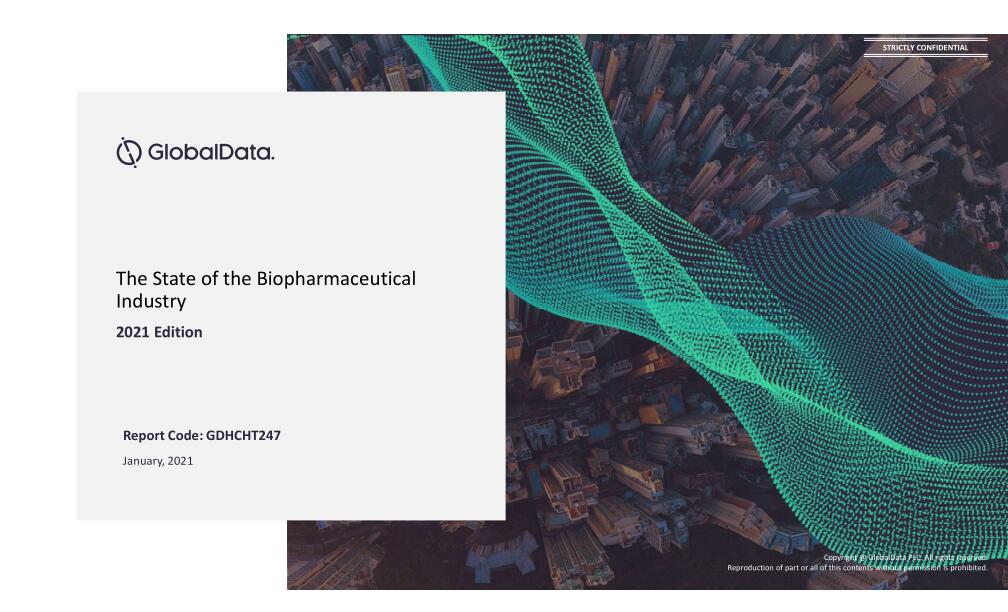The Parkinson’s disease (PD) market across the seven major markets (7MM: the US, France, Germany, Italy, Spain, the UK and Japan) is poised to grow at a compound annual growth rate (CAGR) of 6.4% from $3.4 billion in 2019 to $6.4 billion in 2029, according to GlobalData’s recently published report, Parkinson’s Disease: Seven-Market Drug Forecast and Market Analysis. This growth will be driven by the anticipated introduction of 14 promising late-stage pipeline products and an increase in the prevalent patient population.
The advancement in delivery systems is one of the most rapidly changing areas in PD treatment. This is mostly driven by the market for levodopa, which has been the gold standard drug therapy for patients with PD for more than 50 years. AbbVie’s Produodopa/Vyalev (foscarbidopa and foslevodopa) delivers a continuous infusion of levodopa subcutaneously. This novel delivery system for levodopa is expected to offer a non-invasive route of administration, reduce pill burden and improve compliance while treating motor fluctuations in advanced PD patients.
How well do you really know your competitors?
Access the most comprehensive Company Profiles on the market, powered by GlobalData. Save hours of research. Gain competitive edge.

Thank you!
Your download email will arrive shortly
Not ready to buy yet? Download a free sample
We are confident about the unique quality of our Company Profiles. However, we want you to make the most beneficial decision for your business, so we offer a free sample that you can download by submitting the below form
By GlobalDataKey opinion leaders (KOLs) interviewed by GlobalData indicated that Produodopa/Vyalev will be offered to patients before invasive procedures such as deep brain stimulation and AbbVie’s Duodopa (carbidopa and levodopa) are considered. Produodopa/Vyalev received approval in the UK (October 2022, Japan (December 2022) and in Germany and Spain (February 2023) with approval anticipated to follow in the other five major European markets (5EU: France, Germany, Italy, Spain and the UK) and the US. As such it is anticipated to reach blockbuster status and become the highest-selling PD drug with sales of $1.1 billion in the 7MM by 2029.
Another major focus of research and development in the PD therapeutics space is the development of first-in-class products with disease-modifying or neuroprotective potential. As α-synuclein aggregates play an important role in PD pathogenesis and neurodegeneration, this potentially neurotoxic protein is a key molecular target for disease-modifying therapies (DMTs), as exemplified by Annovis Bio’s buntanetap and Roche/Prothena’s prasinezumab. Additional pipeline agents investigated for disease-modifying or neuroprotective properties include Neuraly’s glucagon-like peptide-1 receptor (GLP1R) agonist, NLY01. It is suggested that GLP1 agonists can reduce systemic and brain insulin resistance, an abnormality that may help drive PD pathogenesis. BioVie’s NE-3107 and Alkahest’s ALK-4290 (lazucirnon hydrochloride) also target neuroinflammatory mediators, which may contribute to neurodegeneration in PD.
As PD therapy currently centres on symptomatic treatment, the need for DMTs is one of the greatest unmet needs in the PD space. KOLs agreed that if a product significantly slowed the progression of PD, it would have the potential to revolutionise the treatment of the disease. GlobalData forecasts that these pipeline products will launch between 2026 and 2029 across the US and 5EU, and contribute sales of $164.2 million in the 7MM by the end of that period.
See Also:
Although there is a massive opportunity for companies to develop pipeline DMTs with novel mechanisms of action, these companies face significant risk due to the high failure rate in the PD space. This failure rate is the product of numerous challenges. DMTs and neuroprotective therapies are theoretically less effective in advanced-stage patients in whom the disease has already progressed. Thus these products are often best studied in preclinical or early-stage patients, who are more difficult to identify, diagnose and track for progress over long periods of time. Additionally, the lack of reliable biomarkers that measure disease progression and an incomplete understanding of the pathophysiology and etiology of PD remain major barriers for new entrants into the PD market. As such, the PD pipeline has traditionally focused on the less risky endeavour of levodopa reformulation strategies. However, a breakthrough therapy with a first-in-class product would be rewarded generously, particularly if it addressed key unmet needs in PD.











Related Company Profiles
AbbVie Inc